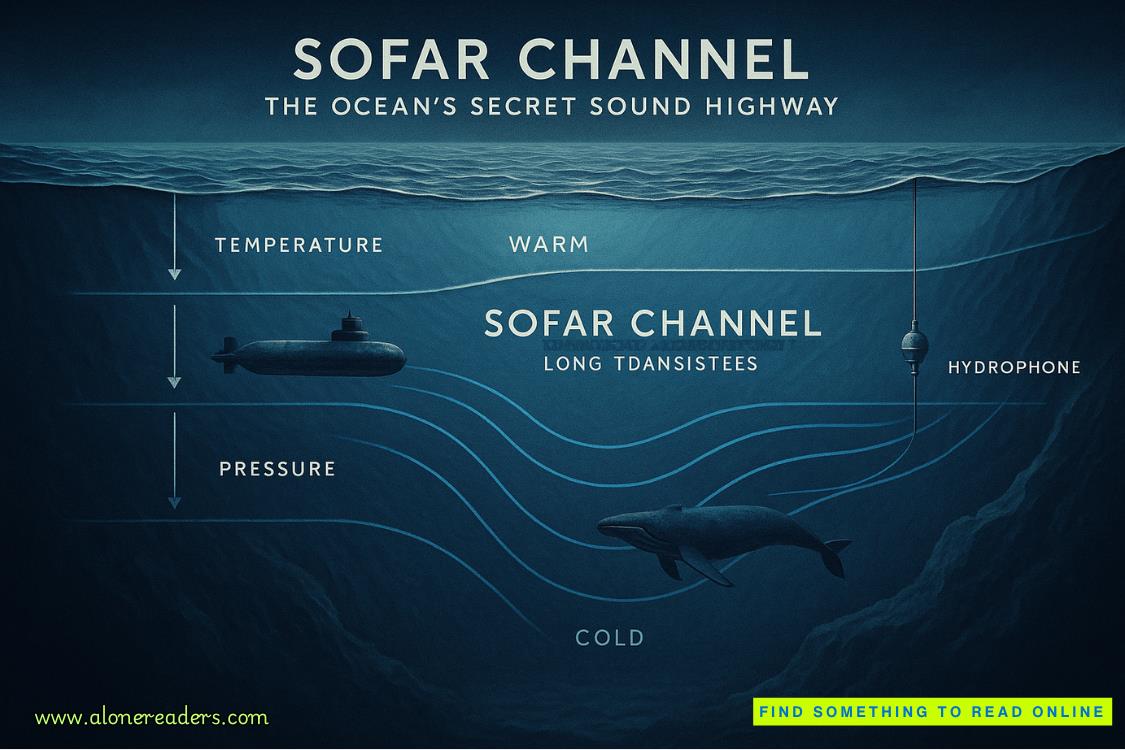“What does that mean?” Fritzi said.
Mia shrugs. “It wasn’t safe to be too obvious. If one of the jägers caught us and found out what we were doing…”
Coded messages.
“I think I know where to go.” I say, then turn to Fritzi. “Johann knowsthe aqueducts too, and if he’s been tracking Dieter, he can point us in the direction we need to go.”
Fritzi nods tightly, and I’m aware that the direction we need to go gets us one step closer to confronting her brother.
To killing him.
Before I leave the little girl, I dump the contents of my purse into her hands. “Get out of the city,” I tell her. “This will buy you and your brother passage south.” I tell her about Baden-Baden, and that there are friends in the Black Forest.
She takes the money, but I can see she’s not happy with me. “I’m not leaving,” she says sullenly. “Why would I?”
I gape at her. “To be safe.”
A smirk twists her lips. “I don’t care about that.”
I feel awe as I stand before her. Maybe Fritzi’s right, and I’m too noble, too guilty, too everything. I want to save everyone. But Mia reminds me that not everyone wants–or needs–to be saved.
And I’m not alone in my fight.
“So, where are we headed first?” Fritzi asks me as I lead her back out of the Judengasse. I don’t want to pass through the square, but it’s the most direct route. The Porta Nigra looms to my left; the burnt corpses of Dieter’s most recent victims smolder to my right. Fritzi and I rush past, turning up a street before Fritzi stops in her tracks, her eyes wide.
“The cathedral?” she gasps. The seat of the archbishop is there, the man who signed off on all of Dieter’s evil.Likely no more than a puppet of that demon, I think sourly.
I shake my head, pulling her to the side as a man with a cart full of haylumbers past. “There’s another church, beside the cathedral, but separate. The Church of Our Lady.”
Fritzi frowns, still unclear, but she follows as I lead her closer.
“I can show you better than I can tell you.”
We both pull our hoods up as we approach the church square. The cathedral rises up more like a fortress than a holy place. But, just to the right of it, another little church rests in the shadow of the main cathedral. Our Lady was built by the French—Trier is close enough to the border—and it was often ignored despite its beauty in favor of the archbishop’s seat. The buildings are a stark contrast to each other—one a brute, the other delicate; one made of stocky, solid stone blocks, the other with stained glass and carved arching designs that make the rock look like lace.
No one stops us as we go inside the smaller church, even though most pilgrims go to the cathedral to see the relics there.
We are not here for relics.
It’s still early enough for the stained glass windows to cast nothing more than flickers of blue and red over the pale floor. I lead Fritzi to the center of the building.
“A star,” she gasps.
A gold-colored star with twelve points is inlaid on the stone floor.
“What does it mean?” Fritzi asks me. Her voice is hushed, but sound carries. I raise my finger to my lips, warning her that others could hear us across the room, even if we whisper. There aren’t many here, but a church is never empty. And this building was designed to amplify sound in the center.
Standing on the star, I point to each of the twelve pillars holding up the soaring roof of the church. Pictures are painted on the columns, but it’s impossible to see all of them lined up unless we stand atop the star. It is an optical illusion, a brilliant use of the building’s structure to forceworshippers to pause and contemplate the heart of the church if they want to clearly see each image. Moving just a little to the left or right would throw the whole effect off; only when standing in the exact center of the church, marked by the star, can the entire series of paintings be seen.
I pull Fritzi to the side of the building, where the acoustics are not quite so echoing. “This has to be what Johann meant—the church with the star where you can see everything.”
Fritzi nods. The clue makes sense. “But where is Johann?”
I cross over to one of the pillars. In addition to a portrait—each pillar showcases a different apostle—there are lines of text painted onto the stones. “The Apostles’ Creed,” I tell Fritzi.
She squints at the text. “In Latin?”
I nod. “But look.” I point to a line that reads,Creatorem caeli et terrae.“Creator of heaven and earth,” I translate, but as I do, I trace the chalky line someone faintly sketched under the wordterrae.















